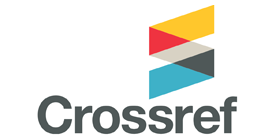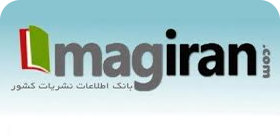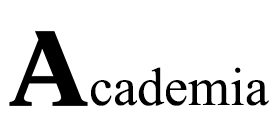Design and Validation of a School Ranking Model in the Iraqi Educational System
Keywords:
school ranking, school ranking indicators, school evaluationAbstract
Purpose: This study aimed to design and validate a comprehensive school ranking model for the Iraqi educational system to enhance educational quality through the identification of key performance indicators and ranking components. Methods and Materials: This research employed a qualitative design using thematic analysis to develop a model based on expert input. Participants included two groups: twelve university scholars with expertise in educational evaluation, selected through theoretical saturation, and eighteen provincial directors from the Iraqi Ministry of Education, selected via census sampling. Data were collected through semi-structured interviews focusing on ranking indicators, contextual conditions, and performance components of schools. Thematic analysis was conducted using the Attride-Stirling method (2001), and coding was performed in multiple stages to extract basic, organizing, and global themes. The content validity of the proposed model was assessed using the Content Validity Ratio (CVR) and Content Validity Index (CVI), and model validation was further supported through Structural Equation Modeling (SEM). Findings: The final model includes 25 components grouped under eight organizing themes: educational, administrative and financial, cultural and social, school leadership, student-related, infrastructure and facilities, research-oriented, and human resources. A total of 69 standardized indicators were identified. CVR and CVI scores for all components exceeded the threshold value of 0.56, with overall values of 0.65 and 0.74 respectively, confirming the model's content validity. Additionally, standardized factor loadings and t-values derived from SEM indicated strong statistical significance (p < 0.001) for all latent variables and their corresponding indicators, demonstrating the model's structural validity. Conclusion: The validated model offers a scientifically grounded framework for evaluating and ranking schools in Iraq, addressing both qualitative and quantitative dimensions. It provides educational policymakers with a strategic tool to assess school performance, allocate resources effectively, and promote continuous improvement in educational outcomes.
















